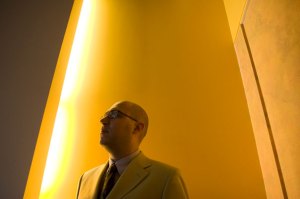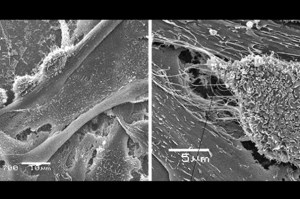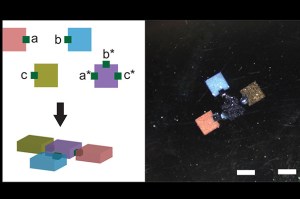Tag: Nature Communications
-
Science & Tech
A second look at evolution
Researchers find clues to evolution in the intricate mammalian vertebral column.
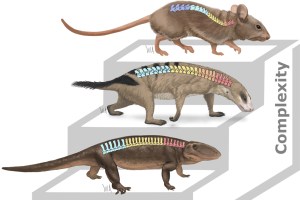
-
Health
Study identifies gene regions associated with sleep duration
Scientists from Massachusetts General Hospital and the University of Exeter Medical School have identified another 76 gene regions associated with sleep duration. Their findings may underpin future investigations into disordered sleep and understanding individual set points for how much is enough.
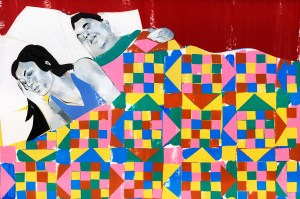
-
Health
Early birds may be happier than night owls
A new study finds that being genetically programmed to rise early may lead to greater well-being and a lower risk of schizophrenia and depression.

-
Health
Treating inflammatory arthritis with hydrogel
To better manage inflammatory arthritis, bioengineers and physicians have developed a delivery system for getting anti-inflammatory therapies to the sites where they are needed most.

-
Science & Tech
Catalyzing discovery
In a trio of studies published earlier this month, researchers have shown that the process of catalysis is more dynamic than previously imagined, and that molecular forces can vastly influence the process.
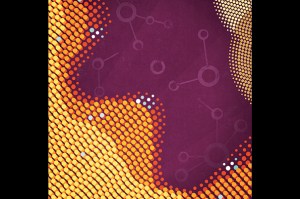
-
Health
New drug target for Rett syndrome
Rett syndrome is a relatively common neurodevelopmental disorder, the second most common cause of intellectual disability in girls after Down syndrome. Building on 2004 findings, Harvard researchers identified a faulty signaling pathway that, when corrected in mice, improves the symptoms of Rett syndrome.

-
Health
Closer to detecting when and why blood clots form
A research team at the Wyss Institute has developed a novel microfluidic device in which blood flows through a lifelike network of small “vessels.” Using automated pressure sensors and a proprietary algorithm, the data acquired is analyzed in real time and precisely predicts when a certain blood sample will obstruct the blood vessel network.
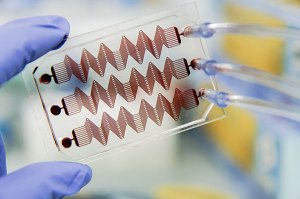
-
Health
Microscopic particles carry big concerns
With a growing concern about nanoparticle use in everyday objects, scientists at the Harvard School of Public Health have discovered a fast, simple, and inexpensive method to measure the effective density of engineered nanoparticles, making it possible to accurately determine the amount that comes into contact with cells and tissue.
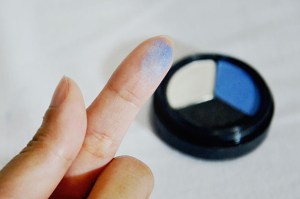
-
Health
Stem cell lessons
Five years after first gaining institutional permission to attempt to produce stem cell lines via somatic cell nuclear transfer (SCNT), two Harvard researchers and a former Harvard postdoctoral fellow have closed the loop with a flurry of new studies and a commentary in several leading journals.
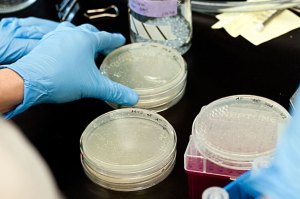
-
Science & Tech
Electrical conductor sparks interest
Harvard and Stanford chemists have created and purified an organic semiconductor with excellent electrical properties, simultaneously confirming a screening process being used to find new photovoltaic materials.
